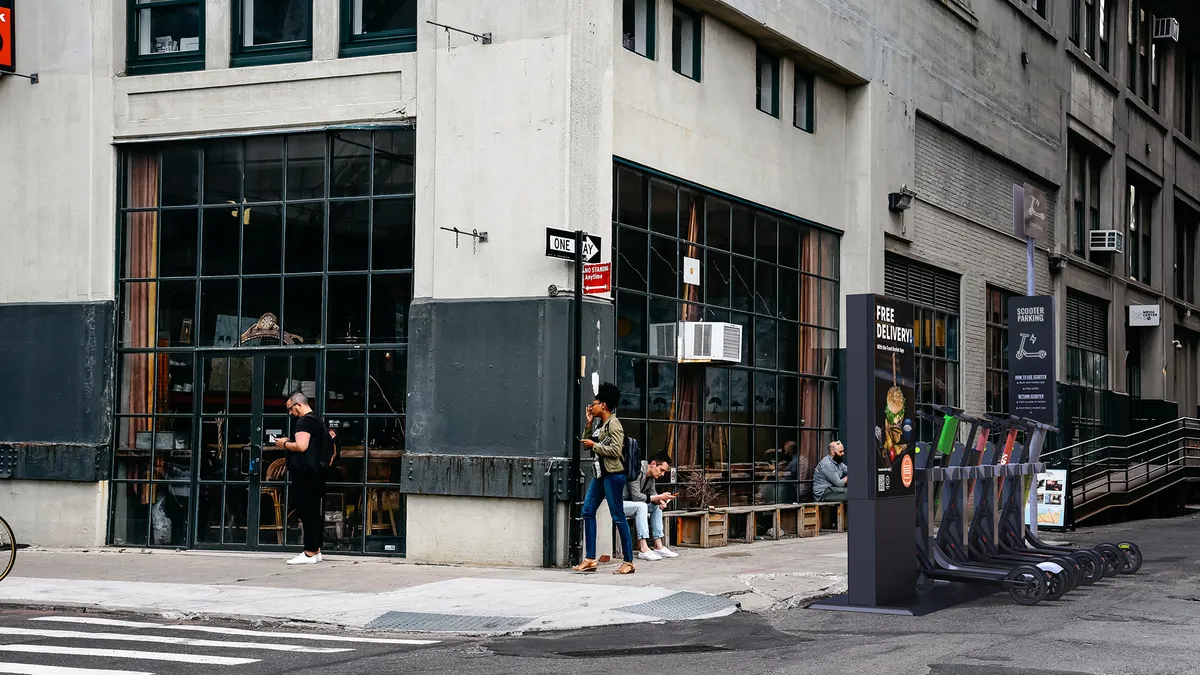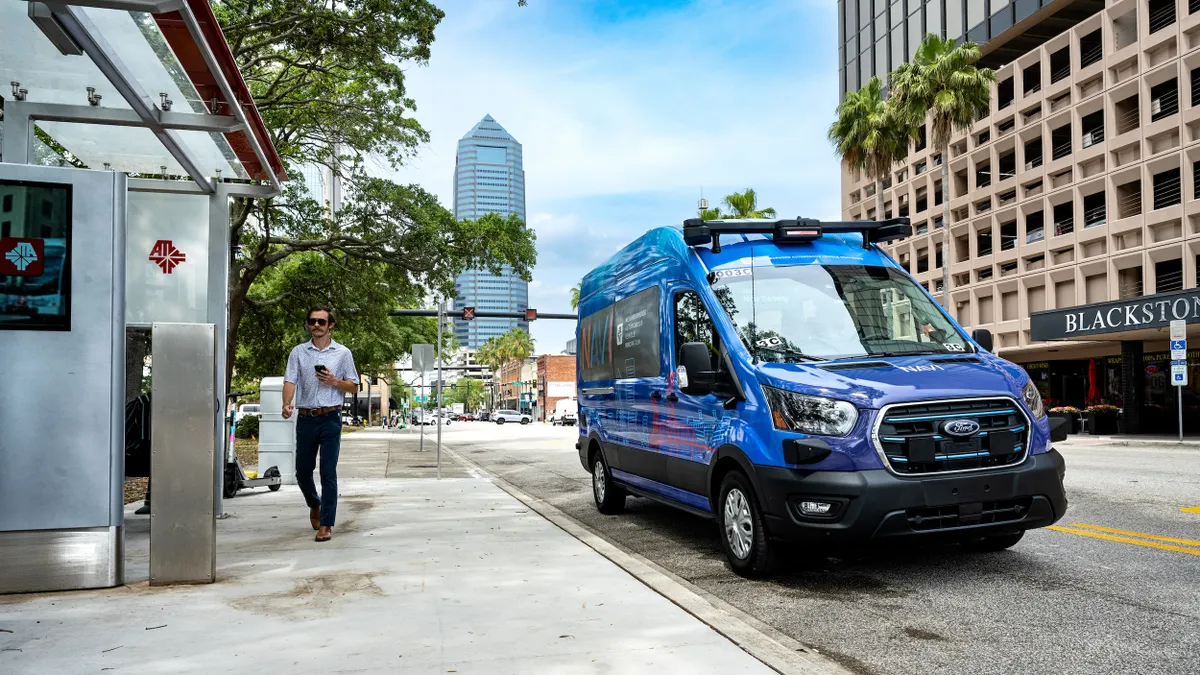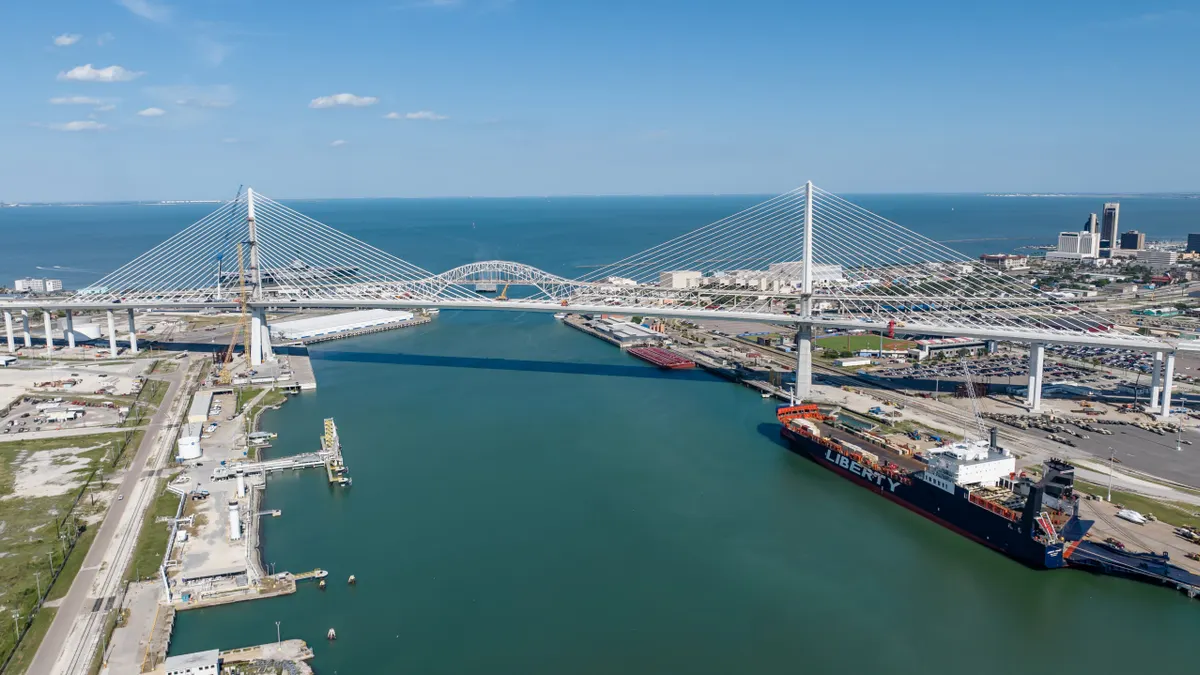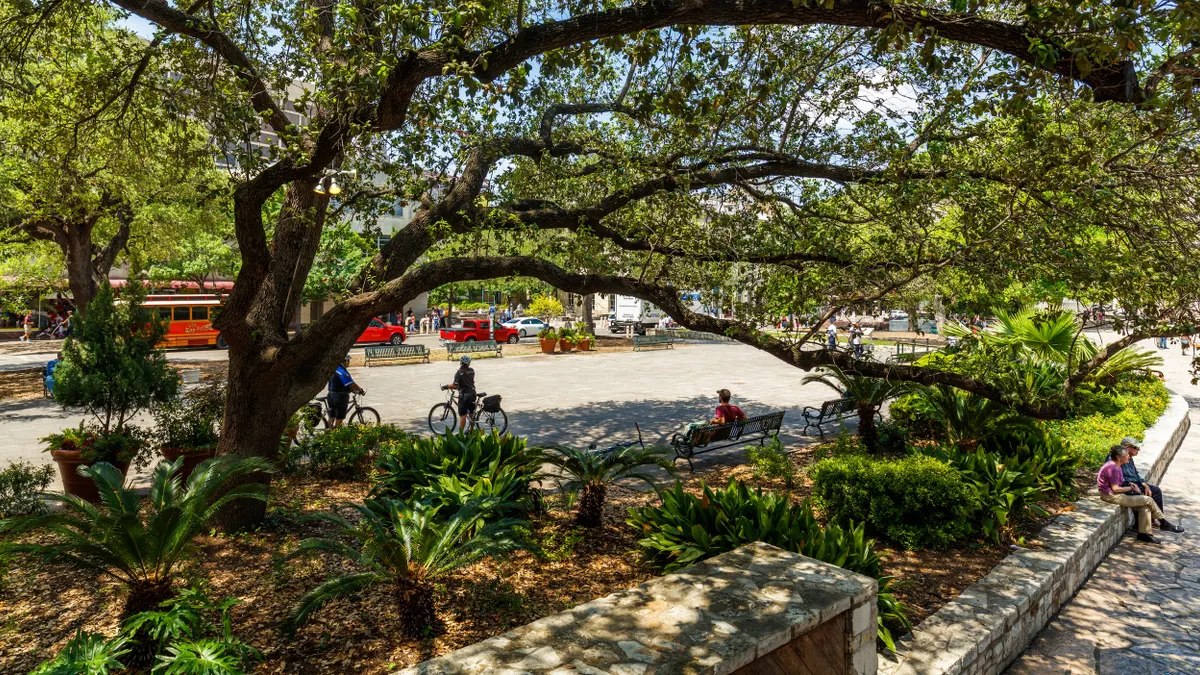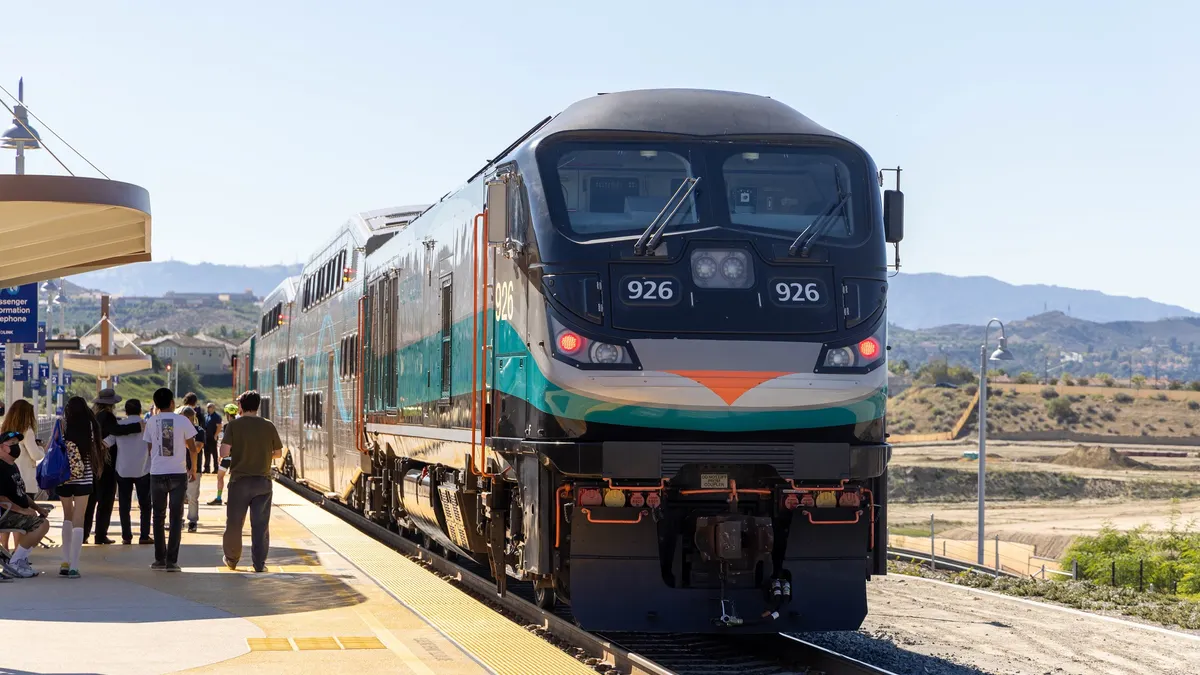Colin Roche is co-founder and CEO at Swiftmile, which builds micromobility charging platforms.
Recent months have seen many splashy electric vehicle (EV) headlines: Tesla continues to rise the ranks of the world’s highest-valued companies, General Motors announced its fleet will be fully electric by 2035, and President Biden committed to converting the federal government’s 645,000-vehicle fleet to all-electric.
With EV ownership gaining cost parity with internal-combustion engine vehicles, many agree we’re finally at the tipping point of a significant electric auto revolution. While this is directionally good for the climate, it's far from enough.
We need to reduce vehicle miles driven 20% by 2030 to align with 1.5°C climate goals, according to research from Transportation for America and the Rocky Mountain Institute. No tool has been more effective to reduce car trips than light electric vehicles (LEVs) — one recent study found that 46% of e-bike commute trips in Portland, OR replaced car commutes. Worldwide, electric two- and three-wheelers are responsible for more avoided oil consumption than any other vehicle category, EVs included.
This is incredible progress, and it's only the beginning. An INRIX Research analysis suggests e-bikes and e-scooters can replace about half of all car trips in major U.S. cities and up to two-thirds in European ones, given the large proportion of trips are under three miles in length. By adding e-mopeds into the mix, LEVs are well positioned to take on longer voyages of up to 10 miles, which represent approximately three-fourths of all U.S. car rides, and in some cases even lengthier trips.
LEVs are finally hitting their stride, but they won't achieve scale without proper public investment. The success EVs are enjoying today is the result of decades of state and federal policy, including federally funded rebates that helped the industry get its footing, innovate to drive down costs, and incubate today's exciting ecosystem of EV manufacturers and charging providers. It’s been enabled by city and state governments allocating public space and public funding to support charging infrastructure. And at its foundation are decades of policy that has subsidized and incentivized private driving over all other transport modes.
Smart investments for a more sustainable future
Replacing car trips with LEVs will require citywide networks of safe places to ride and secure places to park. We’ve seen time and time again that connected and protected bike lanes encourage more two-wheeled rides: as a recent example, in a city survey, six of 10 riders on Paris' "Corona Cycleways"’ were not riding a year ago. Parking must also be addressed: in 2020, one national registry recorded bike and e-bike thefts as up 68% from the same April to September period in 2019 – a troubling trend.
While the need for bike lanes and secure parking is well-documented, LEV charging is less understood. Just like EVs need abundant public charging to tackle "range anxiety," LEVs need places to park and charge at schools and workplaces, in residential buildings, and at major attractions. As policymakers turn their sights to enlarging the EV charging network, it would be silly not to pave the way for LEVs simultaneously.
Shared micromobility programs are the perfect place to start, and sustainability-minded cities are beginning to invest in "mobility hubs'' to help close the last-mile gap. For example, as part of the next phase of its micromobility program, the City of Denver will have hubs where e-bikes and e-scooters from any operator can park and charge. These hubs will make the business financially viable for shared operators, helping programs reach scale and ultimately provide a public charging network that benefits all LEV riders.
At the federal level, the Build Back Better Plan proposes creating 500,000 new EV charging stations by 2030 — and LEV charging should go right alongside that. Transportation Secretary Pete Buttigieg has said it’s time to "go big" to rebuild our transport infrastructure and meet climate goals.
Given their unparalleled decarbonization potential, LEV charging should be a top consideration for federal agencies and featured prominently in the $2 trillion infrastructure bill. Bike lanes and LEV parking and charging infrastructure can be deployed immediately in "fenceline communities" to meet the Biden administration's commitment to transportation and environmental justice.
Governments that are serious about accelerating LEV uptake must also fold LEVs into "EV Readiness" plans — a common framework for speeding EV adoption and removing barriers to new infrastructure. These initiatives tackle the nuts and bolts of electrification: accelerating the siting and permitting process for charging stations, streamlining coordination between cities and local utilities, and investing in outreach efforts to grow public adoption of EVs.
Since supporting LEV adoption requires these same actions, cities committed to mode shift and decarbonization should tackle both at once.
In addition to improving mobility access, LEV charging docks can also unlock a sustainable source of support for active transportation infrastructure. Like the ad revenue that pays for bus shelters, these charging docks can include advertising, covering infrastructure costs and providing much-needed city revenue. This new revenue source can go a long way in creating the streets we want – which will be critical in an era of tight municipal budgets.
Look outside, and you’ll see what 100 years of car-centric planning has created: polluted air, traffic congestion and transport inequity. Electric cars may help reduce pollution, but LEVs help advance all kinds of social and environmental justice issues. As we make investments to recover from COVID and build back better, let’s prioritize transport solutions that move on two to three wheels.
Contributed pieces do not reflect an editorial position by Smart Cities Dive.
Do you have an opinion on a similar issue or another topic Smart Cities Dive is covering? Submit an op-ed.


